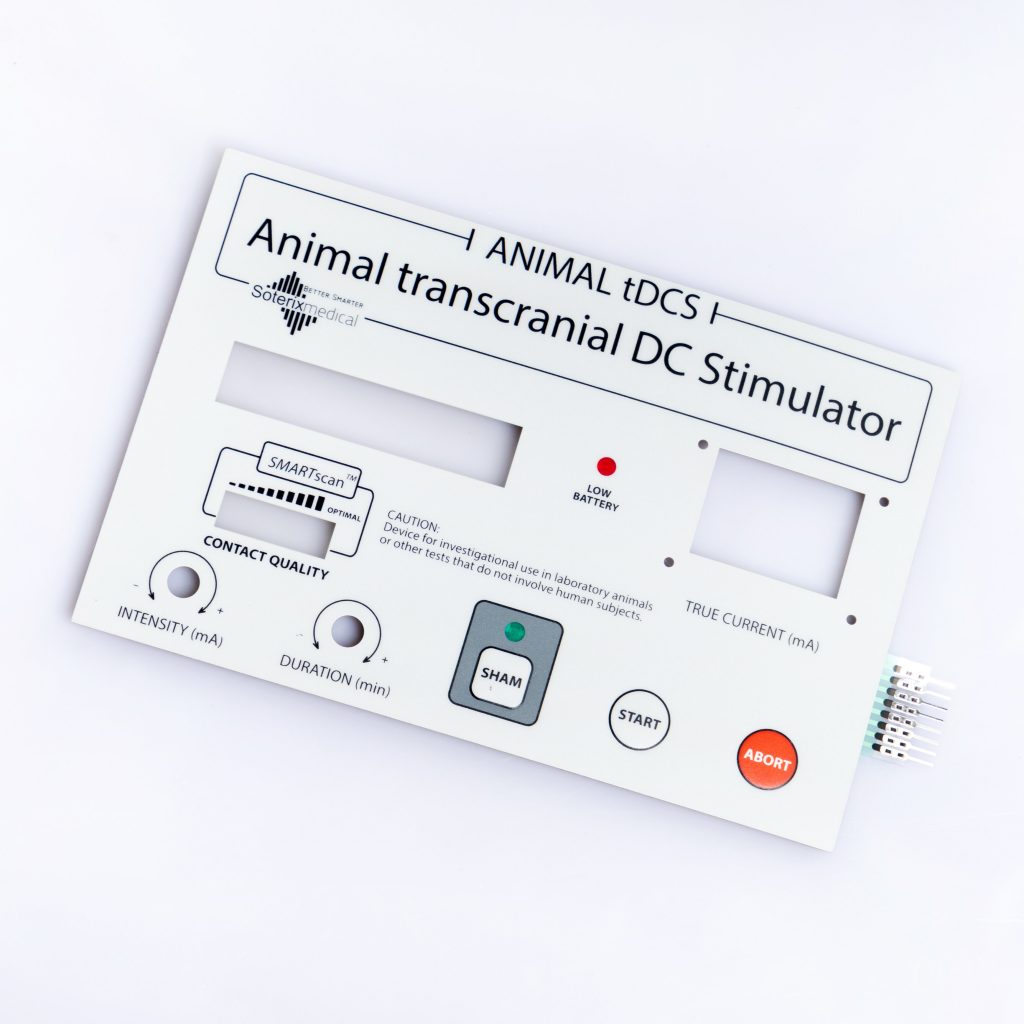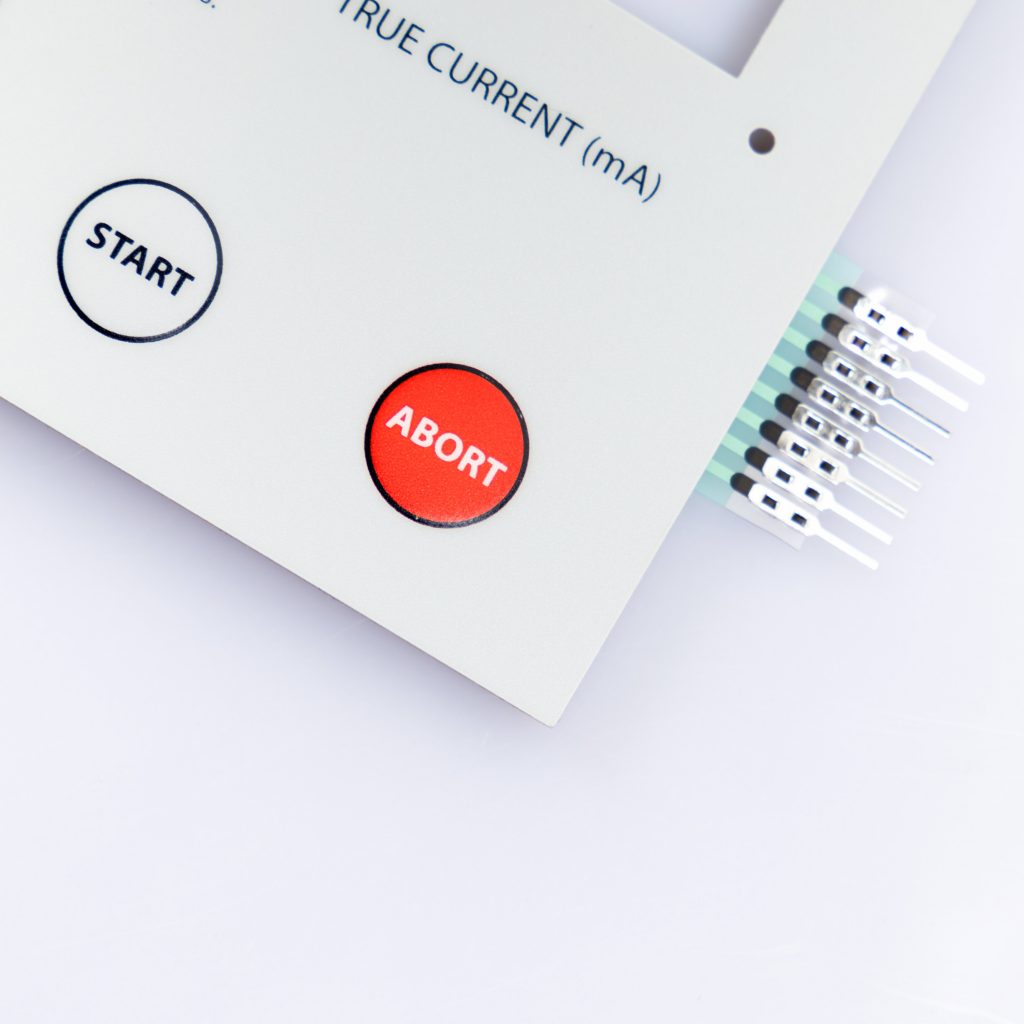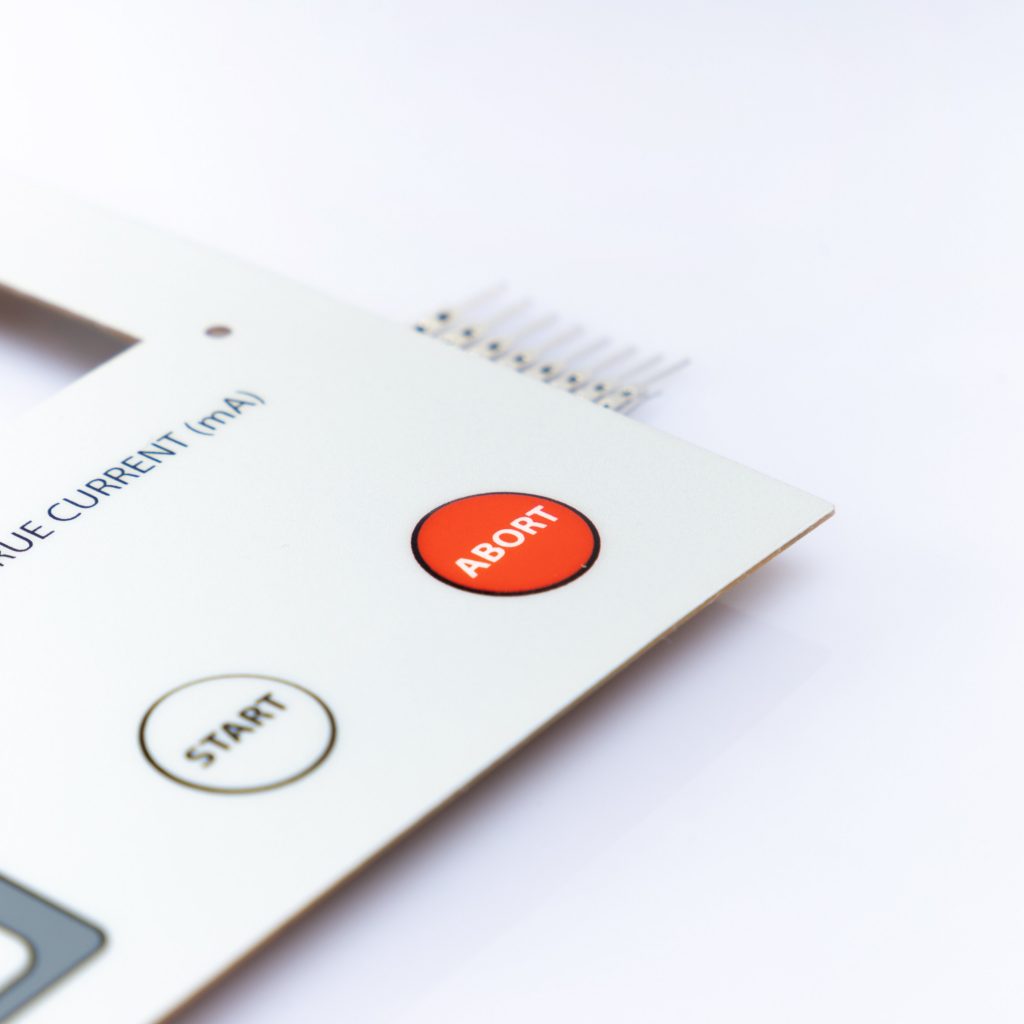Contact
Write to Us And We Would Be Happy to Advise You.
Do you have any questions, or would you like to speak directly with a representative?
By hqt
When it comes to user interfaces, the tactile feedback provided by metal domes plays a crucial role in ensuring a satisfying and responsive experience. However, there are instances where the clicking feel of metal domes can degrade, leading to an unsatisfactory user experience. In this article, we’ll explore why metal domes can have a bad clicking feel, the factors that contribute to this issue, and how to fix it to restore optimal performance.



Metal domes are small, dome-shaped components made from stainless steel or other conductive materials. They are commonly used in membrane switches, keypads, and other tactile interfaces to provide tactile feedback when pressed. When a user presses a button with a metal dome, the dome collapses, creating an electrical connection that registers the input. The “click” feel is a result of the dome returning to its original shape after being pressed.
One of the most common reasons for a bad clicking feel in metal domes is simple wear and tear. Over time, repeated pressing can cause the metal dome to lose its original shape and elasticity, leading to a less pronounced click or even a mushy feel.
The quality of the metal dome is crucial to its performance. Poor manufacturing processes can result in domes that are too thin, unevenly shaped, or have weak points that affect their ability to provide consistent feedback. Low-quality materials can also lead to rapid degradation of the dome’s tactile properties.
If a metal dome is not properly aligned with the circuit layer beneath it, the clicking feel can be compromised. Misalignment can prevent the dome from collapsing and returning to its original shape properly, leading to an inconsistent or weak click.
Environmental conditions such as temperature, humidity, and exposure to dust or moisture can also affect the performance of metal domes. High humidity or dust accumulation can cause the domes to stick or not return to their original shape correctly, resulting in a poor clicking feel.
The design of the metal dome itself can contribute to a bad clicking feel. If the dome is too large or too small for the intended application, or if its force curve is not optimized for the user’s needs, the clicking sensation may feel unsatisfactory.
One of the simplest ways to fix a bad clicking feel is through regular inspection and maintenance of the metal domes. Checking for wear and tear, misalignment, and contamination can help identify issues before they become severe. Cleaning the domes and the surrounding area to remove dust, debris, and moisture can often restore their original performance.
If the metal domes are too worn to provide a good clicking feel, the best solution is to replace them. Using high-quality replacement domes made from durable materials can restore the tactile feedback and ensure consistent performance over time.
To fix issues related to misalignment, carefully realign the metal domes with the circuit layer. This may involve adjusting the positioning of the dome or the underlying components. Ensuring that the domes are correctly placed will help restore their full range of motion and improve the clicking feel.
If poor manufacturing quality is the root cause of the problem, consider upgrading to metal domes from a reputable manufacturer. High-quality domes are more likely to maintain their shape and tactile properties over time, providing a more reliable and satisfying user experience.
If the design of the metal dome is contributing to the bad clicking feel, it may be necessary to adjust the design specifications. This could involve changing the size, shape, or material of the dome, as well as optimizing the force curve to better match the application’s requirements. Working with a manufacturer to customize the dome design can help achieve the desired tactile feedback.
Controlling the environmental conditions in which the metal domes are used can also help improve their clicking feel. Keeping the area clean, dry, and at a stable temperature will prevent issues like sticking or deformation that can degrade the dome’s performance. In environments where dust or moisture is unavoidable, using protective coatings or sealing techniques can help protect the domes.
Before committing to a large production run, it’s essential to test and prototype the metal domes in the intended application. This process allows for adjustments to be made based on real-world performance, ensuring that the final product meets the desired tactile standards. Regular testing throughout the product’s life cycle can also help identify and address any emerging issues with the clicking feel.
The clicking feel of metal domes is a critical aspect of user interfaces, directly impacting the user’s satisfaction and interaction with the device. While various factors can contribute to a bad clicking feel, from wear and tear to environmental conditions, there are effective solutions to restore or enhance the tactile feedback. Regular maintenance, high-quality components, proper alignment, and thoughtful design are key to ensuring that metal domes continue to perform as expected.
Metal domes can lose their clicking feel due to factors such as wear and tear, poor manufacturing quality, misalignment, environmental conditions, and inappropriate dome design.
You can improve the clicking feel by regularly inspecting and maintaining the domes, replacing worn-out domes, ensuring proper alignment, upgrading to higher-quality domes, and controlling environmental conditions.
Yes, replacing metal domes that have lost their clicking feel is a common solution. Using high-quality replacements can restore the original tactile feedback.
The design of the metal dome, including its size, shape, and force curve, plays a significant role in determining the clicking feel. Optimizing the design can enhance the tactile experience.
Environmental factors like humidity, dust, and temperature fluctuations can cause metal domes to stick, deform, or lose their elasticity, leading to a degraded clicking feel.
Do you have any questions, or would you like to speak directly with a representative?